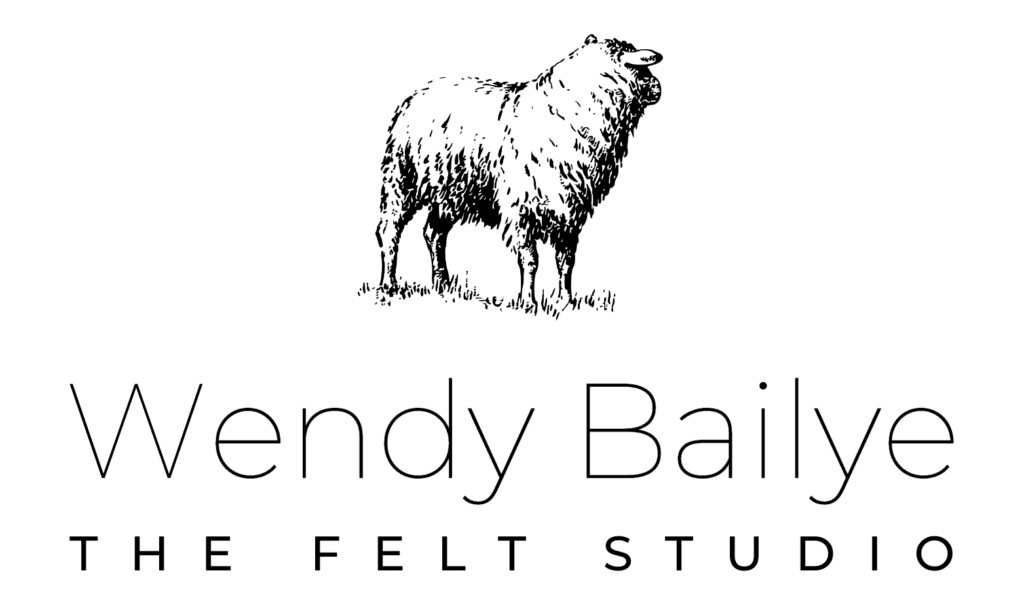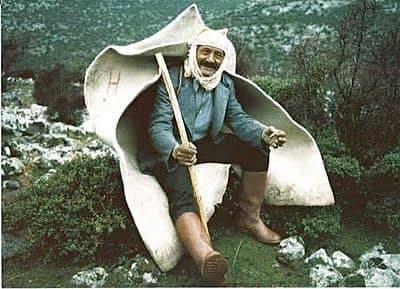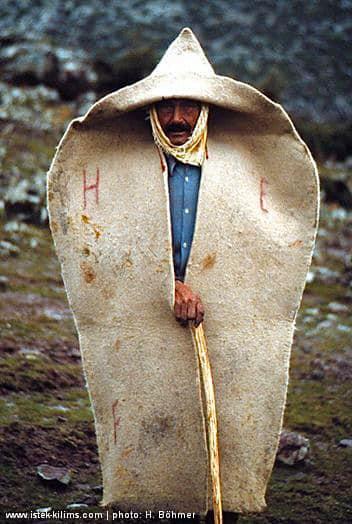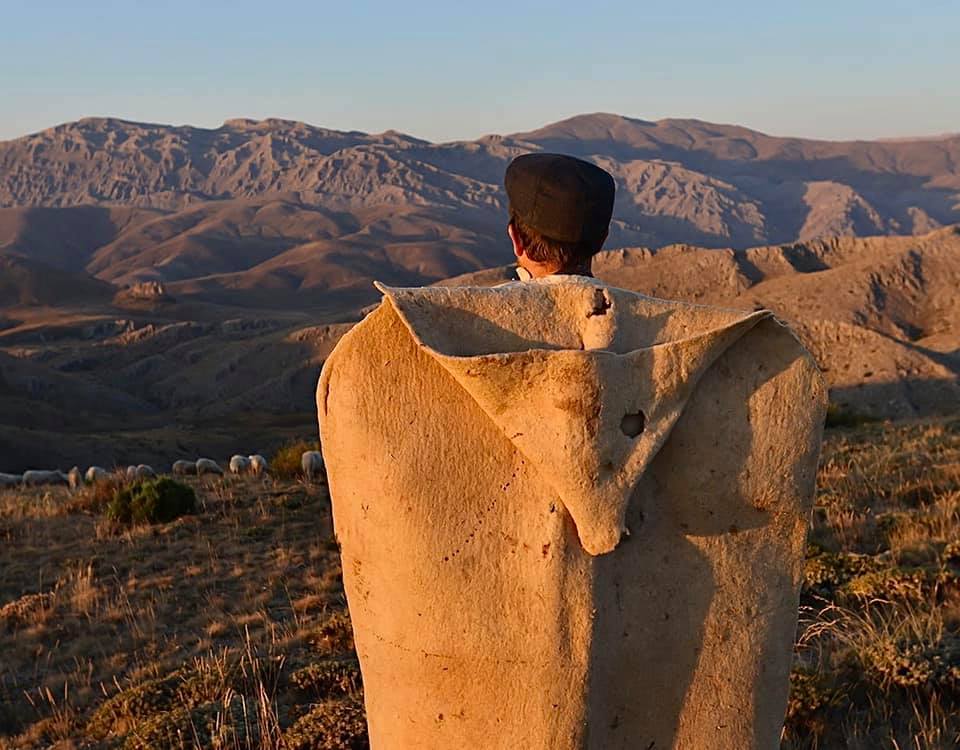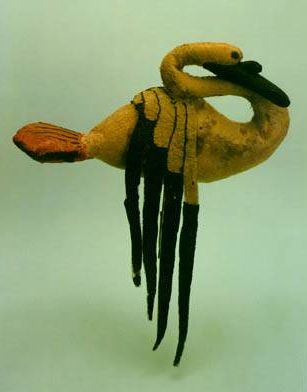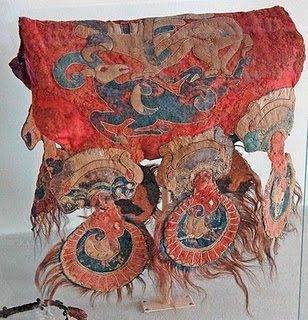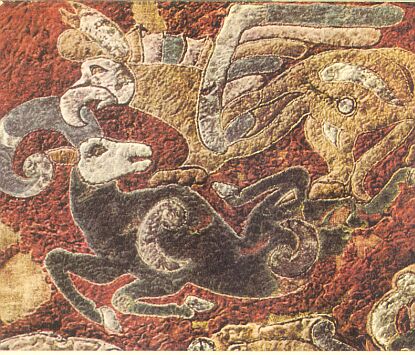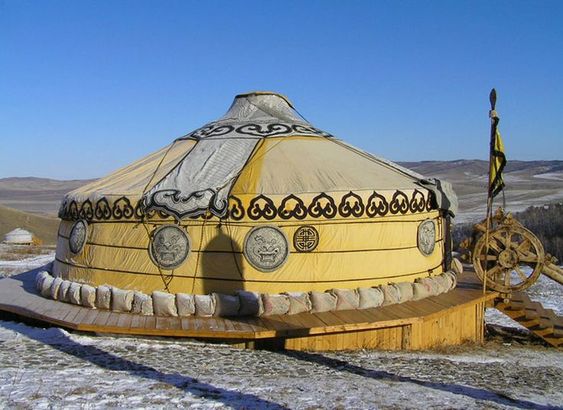About Felt
How wonderful is wool felt! Beautiful, comforting to touch and wear, biodegradable, breathable and natural.
Felting happens when wool fibres are manipulated by hand or machine, causing shrinkage and matting when subjected to heat humidity, friction and a change of alkalinity. The wool is then shaped and hardened; a process known as fulling.
The History of Felt
Handmade Felt is an ancient process which is thought to predate woven or spun fabric.
“For several thousand years felt, a textile made from sheep’s fleece, played a central role in the lives of inhabitants in Central Asia, Mongolia and parts of the Middle East. Indeed, until about 150 years ago, for nomadic peoples in this region felt was virtually indispensable. Wool, the raw material, was readily available, the technology was portable and the fabric itself provided the highest level of insulation for clothing, floor coverings and even for tent walls. From around 2500 years ago early nomadic peoples lined their tombs with felt, laid their dead on it, made decorations from it, wore felt clothes and dressed their horses in masks made from it.
Across the centuries, felt has been used for shoes, flooring, hats, sieves, armour, coats, tent covers, bas and bedding, not only by nomadic people but also by numerous sedentary populations in this region. Indeed, few societies in the past were entirely without felt: even in Europe and America, felt hats were widely worn from the fifteenth to the twentieth century. Yet while a great deal has been written about many forms of cloth and their uses, felt has been little studied by contemporary scholar and, perhaps reflecting this, examples tend to be found in ethnographic rather than fine art museums.”
– Extract of Stephanie Bunn, “Nomadic Felt” (The British Museum 2010)
